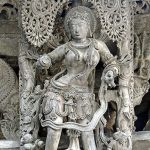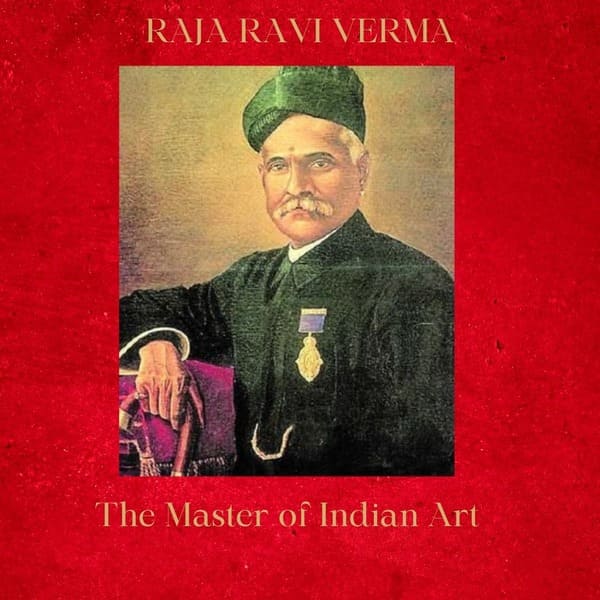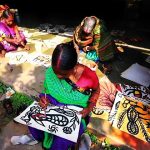
In earlier times, pichkaris were fashioned out of natural materials such as bamboo or animal horns, and operated manually by compressing a bulb to spray water. The colored water was created from flowers or items like turmeric. Over time, pichkaris evolved and were crafted from various materials such as metal, plastic, or wood, and came in different shapes and sizes.




